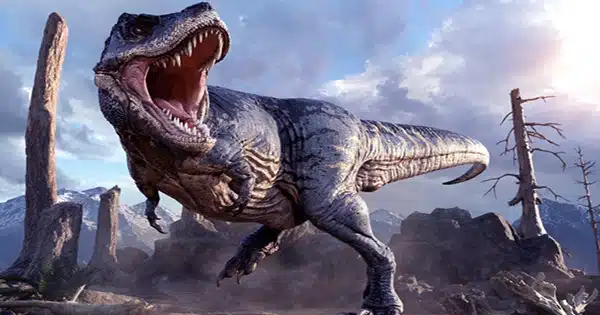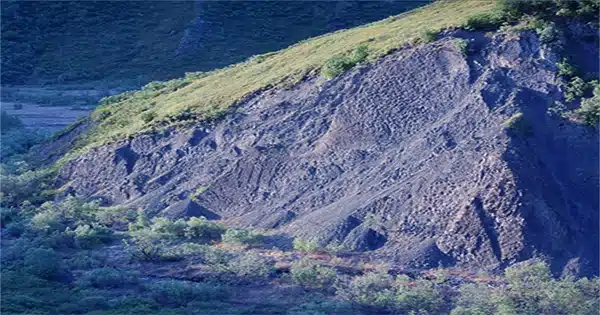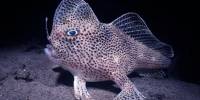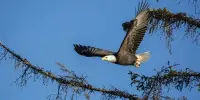Denali National Park in Alaska has been home to the state’s largest dinosaur track site, dubbed a “dinosaur coliseum” by researchers. If the legendary term isn’t enough to convince you that this is a huge issue, a recent study describes how the coliseum includes a record number of species’ footprints preserved layer upon layer over many generations.
The vertical lasagna of footprints is made up of cemented impressions produced in ancient mud by strong dinosaur tread, as well as casts created by silt that dropped into those impressions and hardened. They’re numerous, drawn from a broad cast of dinosaurs, and incredibly detailed.
“They are beautiful,” said Pat Druckenmiller, senior author of the paper and director of the University of Alaska Museum of the North. “You can see the toes’ shape and the texture of the skin.”
The coliseum’s cliffs didn’t appear to be worth the seven-hour climb at first, but as day faded to night, a fortunate change in the light revealed to the team that they had discovered something truly spectacular.

“When the Sun perfectly angles itself with those beds, they just blow up,” said Dustin Stewart, the paper’s principal author and former UAF graduate student. “We were all stunned at first, and then Pat said, ‘Get your camera.'” We were terrified.”
If you’re wondering why dinosaur footprints have appeared on a cliff, it’s all due to the peculiarities of living on a world with moving tectonic plates. The cliffs were sediment flat on the ground in the Late Cretaceous, but over time, tectonic plates grind together and shifted to form the Alaska Range, throwing a part of the crust up into the air. It’s a reminder of the strange locations dinosaur footprints might appear, such as restaurant floors.
Prior to the earthquake activity, the flat sediment was most likely around a watering hole on a vast floodplain. For thousands of years, it would have been a hotspot for dinosaur activity, attracting juvenile and adult creatures of various types.
The site was popular with huge plant-eating duck-billed and horned dinosaurs, as well as some of the rarer carnivores like raptors, tyrannosaurs, and a few small wading birds, according to the footprint lasagne.
“It was forested and teeming with dinosaurs,” Druckenmiller added. “A tyrannosaur many times the size of the largest brown bear there today was running around Denali.” Raptors were present. Flying reptiles were present. There were birds about. It was an incredible ecology.”
Now that the setting Sun has cast light on the significance of this popular dinosaur site, experts intend to continue their research while working with the National Park Service to conserve its extraordinary geology.
“On the one hand, we must protect world-class fossil sites like The Coliseum from disturbance and theft,” said Denny Capps, geologist at Denali National Park. “On the other hand, we encourage visitors to search for fossils in their geologic context in order to better understand the evolution of landscapes and ecosystems over time, while leaving them undisturbed for others to enjoy.”















